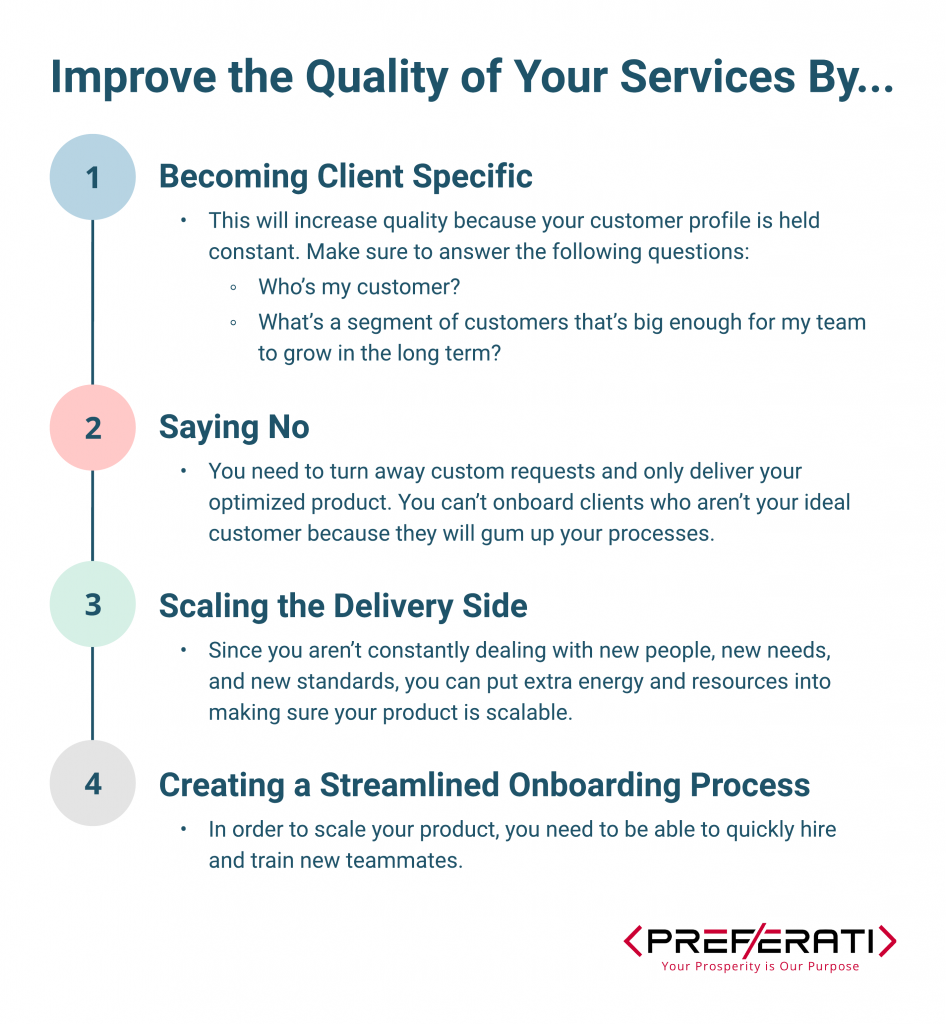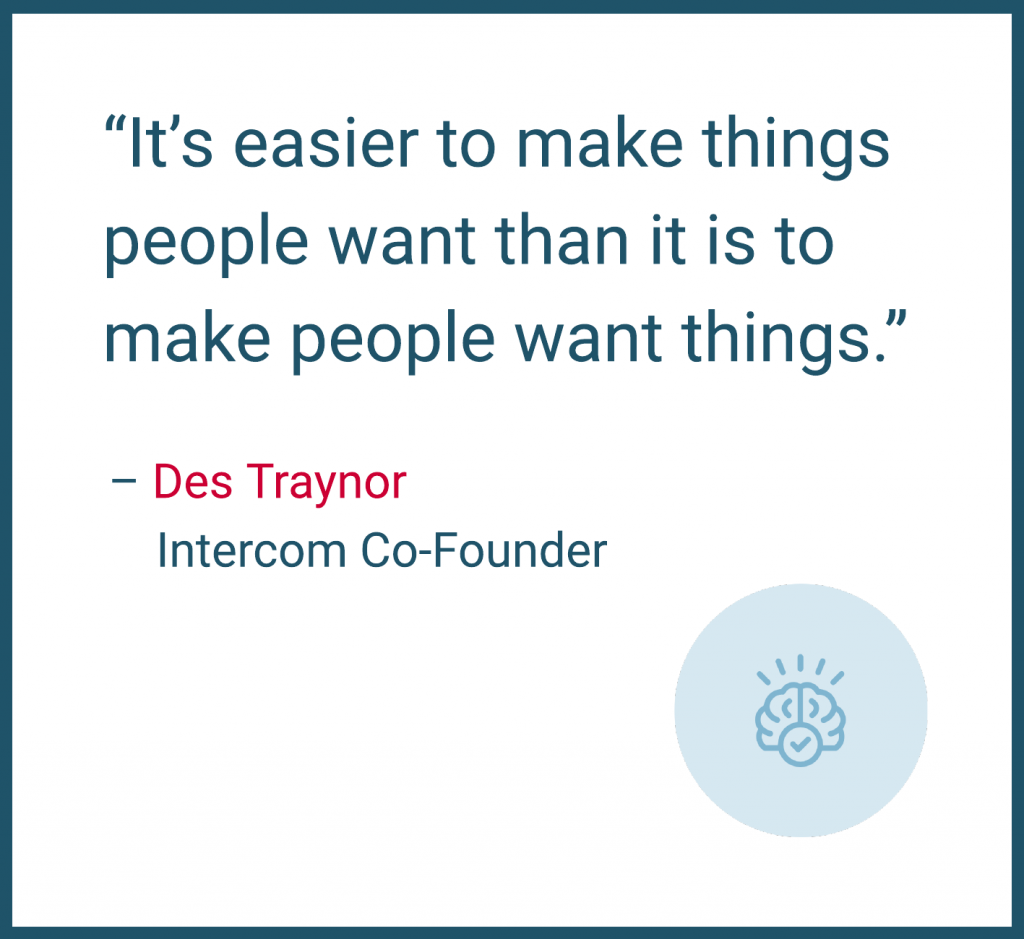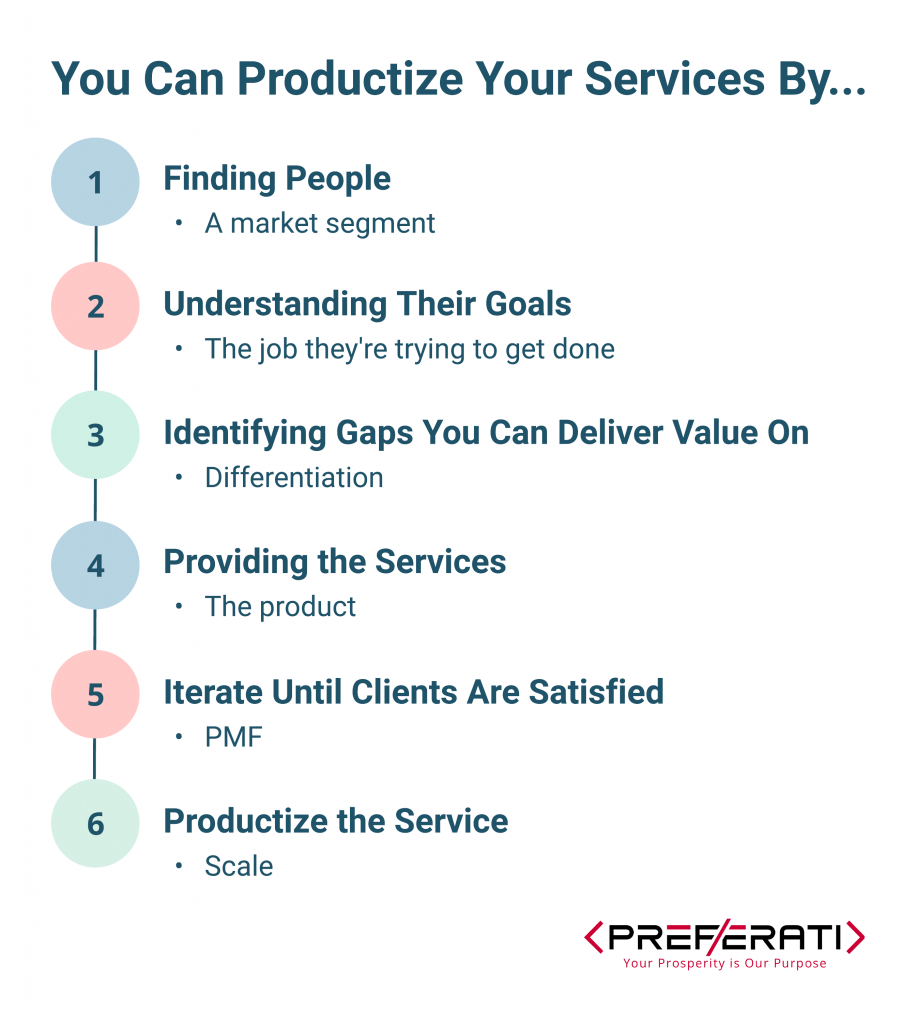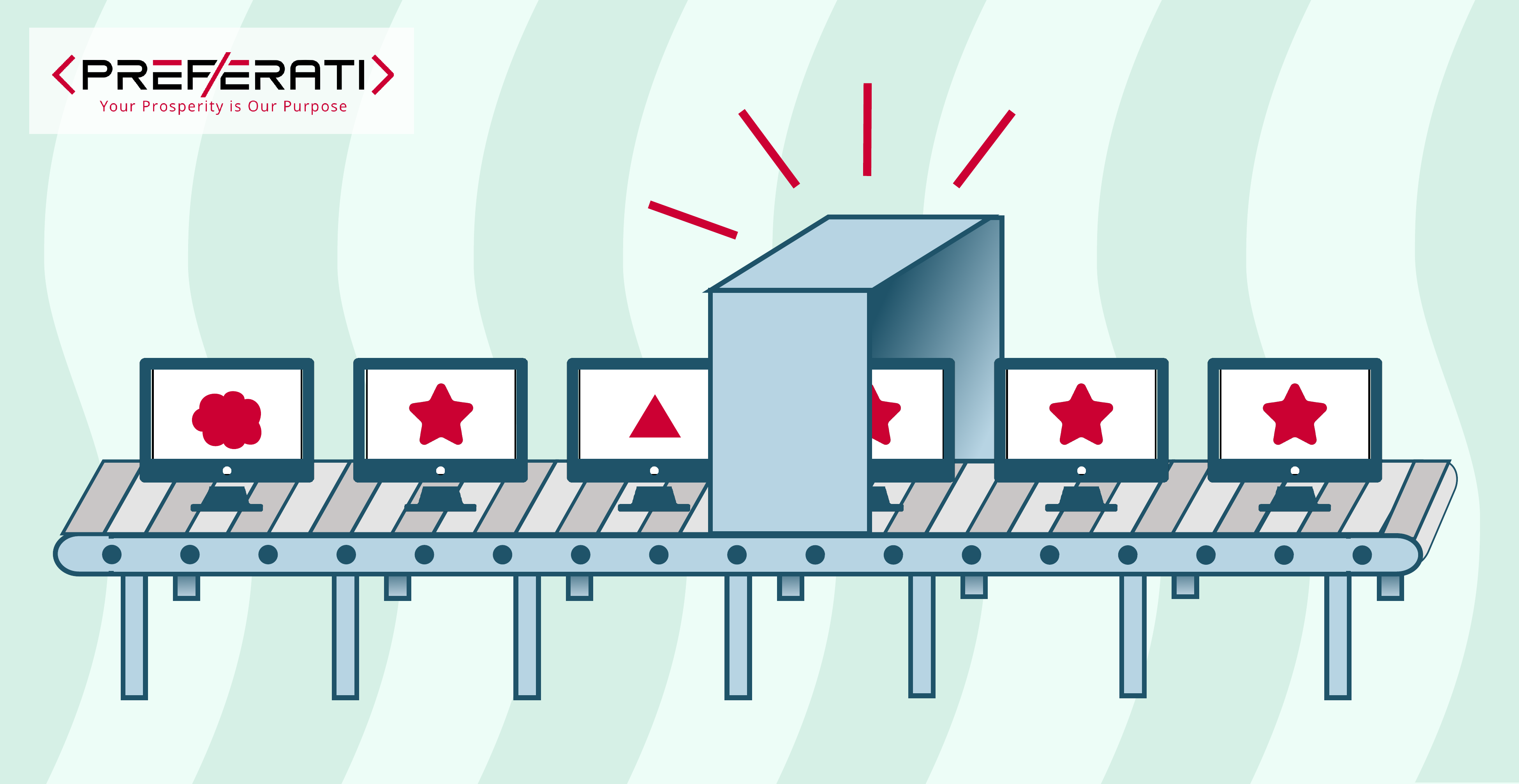It’s critical to maintain quality and give your customers consistent results that are in line with what’s expected in their world. This is pretty overwhelming and difficult when everything is custom.
So how do you maintain quality when everything is custom?
How do you find out the standards in your customers’ worlds and manage that?
At Preferati, we have many different types of clients – marketing, staffing, web design, software, and QA. Within these categories, we provide specific services to each client. For example, we have B2C marketing clients, marketing clients within the industrial products space, and marketing clients within the services space. Each of these clients comes from different worlds with different sets of expectations.

This is how our organization works and has worked for the past 10 years. If someone wants to give us business, we take it and deliver the best we can. We make it work – but it is difficult.
New types of clients and projects means learning new industries, new standards for quality, and ways of doing things.
So is there an easier way to operate?
When it comes to maintaining quality, it is not just understanding the norms in your client’s industry but also their business model. We have clients who have very complex business models that require complicated strategies. So it’s not just about customers, but also industry knowledge.
This leads us to the concept of products. As managers, we have to think about products – our long-term strategy for delivering quality.
Today, Preferati primarily provides consulting services.
What are the differences between products and services?
What does providing a product instead of services mean?
Services are customized to the client’s needs, whereas a product is standardized. It is easier to sell products as they are already packaged and defined. Customers have to purchase the product as is. This makes it much easier to increase and maintain the quality of products. You are able to easily define quality for your product because it isn’t constantly changing. With services, there are no clear standards of proper quality as they are very custom.
Tourism is a good example of this.
You can hire a local tour guide to show you around or purchase a package from a tourism company. Both have different experiences with their own pros and cons. A package allows you to go on autopilot and set clear expectations, whereas a local guide will give you a personalized experience. You can purchase the package for your family and know it’ll mainly be the same – or the tour guide can provide a unique experience each time.
When you hold your product constant, you can start improving your quality.
With services, it is difficult to improve quality when your criteria is changing each month.
So how can services refine processes and start approaching them as products?

Once you accomplish the above, you can increase the price of your product because your competitors are locked out since your product is just too convenient. At this point, you won’t need a large sales team because of the customer referrals you’ll receive.
This is one of the main benefits of products. Productizing your service makes your cost go down, but oftentimes you can increase your price. Customers are willing to pay more because you’re working in a small niche and figured out exactly what their needs are.
When you start thinking in terms of products, do you start with the product or the customer?
I believe it’s 85% customer and 15% the skills and services you currently have. Obviously, you’re not going to look at products that aren’t in your existing list of services and that you don’t already understand – but it has to be all about finding the customer.

So, what should that first piece of the puzzle be? A market? A problem? A need? Demand?
A useful way to think about new products is to think of them as services. If you were to start a service organization like a consulting firm, you would do the following:
- Approach prospective customers
- Try to understand their needs
- Find a way to help them
- Agree on a price for the services
- Deliver the work
- Hope for positive reviews
Then over time, you’d look for ways to productize the service to make it more efficient with repeat customers.

